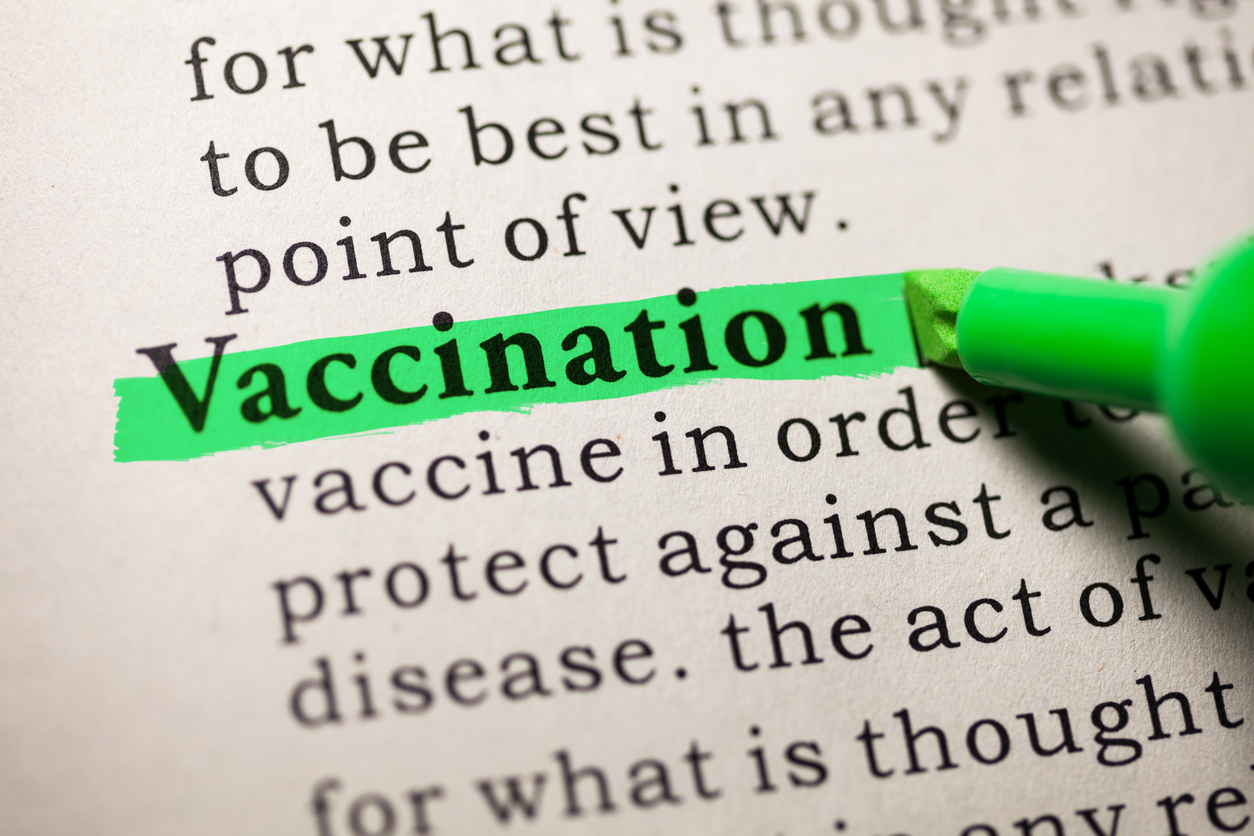2025-04-03
Tailored brain stimulation for autism?
Neurology
#ASD #HDtDCS #Neuromodulation
#SensorySensitivity #SocialCognition
Autism spectrum disorder (ASD) is a neurodevelopmental condition characterized by persistent difficulties in social interaction, communication, and repetitive or restricted behaviors. Many autistic children also experience sensory processing abnormalities, including hypersensitivity (strong reactions to certain sounds, textures, lights, etc.) or hyposensitivity (seeking intense stimulation, low reactivity to sensations). Despite affecting up to 90% of children with ASD, these sensory issues are still too often overlooked in intervention protocols.
Recent studies suggest that these sensory features could play a key role in how children respond to behavioral or cognitive therapies. They may impact a child's engagement, tolerance, and ability to generalize learned skills.
Against this backdrop, a new study was launched to explore the potential of a personalized neuromodulation approach. This method targets stimulation to the brain’s central region (Cz), which is involved in both sensory regulation and social interaction.
Seventy-two children aged 4 to 12, diagnosed with ASD, participated in the study and were divided into three groups:
Stimulation was administered in 15 sessions (20 minutes each, at 1 mA). Effects were measured using the Social Responsiveness Scale (SRS) and the Short Sensory Profile (SSP). A secondary analysis classified the children based on tactile sensitivity: hypo-reactive, hyper-reactive, or typical.
The results revealed that the effects of stimulation varied depending on the child's sensory profile. Children with typical sensory integration or tactile hyposensitivity showed significant improvements in social skills, especially in communication, social cognition, and adaptive behaviors. These children also tolerated the stimulation well, with no major adverse effects reported.
In contrast, children with tactile hypersensitivity experienced much more limited benefits. No significant improvements were observed in social metrics. Furthermore, these children showed increased reactivity to the treatment, with reported side effects such as irritability, burning sensations, and skin discomfort, suggesting lower tolerance to HD-tDCS in this subgroup.
These findings emphasize the importance of considering autistic children's sensory profiles before implementing brain stimulation, to maximize benefits and avoid adverse reactions.
Autism spectrum disorders are marked by impaired social interaction, often coupled with atypical sensory processing. These sensory abnormalities, still largely underrepresented in therapeutic strategies, may influence the effectiveness of neuromodulatory interventions. A key challenge today is identifying targeted approaches capable of modulating the brain networks involved in social cognition.
This study aimed to evaluate the effects of high-definition transcranial direct current stimulation (HD-tDCS) on the social skills of autistic children, depending on their tactile profile. The findings show that this approach improves social abilities in children with typical sensory profiles or tactile hyposensitivity. However, for hypersensitive children, the stimulation was less effective and less well tolerated.
These results confirm the close link between social cognition and sensory integration, and that poorly tailored stimulation may be ineffective—or even uncomfortable. More personalized protocols, including cathodal stimulation for hypersensitive children, could enhance outcomes and improve tolerability. In the future, this approach could be integrated into broader care strategies and combined with educational interventions.
Autism spectrum disorder (ASD) is a neurodevelopmental condition characterized by persistent difficulties in social interaction, communication, and repetitive or restricted behaviors. Many autistic children also experience sensory processing abnormalities, including hypersensitivity (strong reactions to certain sounds, textures, lights, etc.) or hyposensitivity (seeking intense stimulation, low reactivity to sensations). Despite affecting up to 90% of children with ASD, these sensory issues are still too often overlooked in intervention protocols.
Recent studies suggest that these sensory features could play a key role in how children respond to behavioral or cognitive therapies. They may impact a child's engagement, tolerance, and ability to generalize learned skills.
Against this backdrop, a new study was launched to explore the potential of a personalized neuromodulation approach. This method targets stimulation to the brain’s central region (Cz), which is involved in both sensory regulation and social interaction.
Stimulating for better socialization?
Seventy-two children aged 4 to 12, diagnosed with ASD, participated in the study and were divided into three groups:
- Active HD-tDCS + typical sensory integration
- Active HD-tDCS + sensory integration disorder (SID)
- Sham HD-tDCS
Stimulation was administered in 15 sessions (20 minutes each, at 1 mA). Effects were measured using the Social Responsiveness Scale (SRS) and the Short Sensory Profile (SSP). A secondary analysis classified the children based on tactile sensitivity: hypo-reactive, hyper-reactive, or typical.
The results revealed that the effects of stimulation varied depending on the child's sensory profile. Children with typical sensory integration or tactile hyposensitivity showed significant improvements in social skills, especially in communication, social cognition, and adaptive behaviors. These children also tolerated the stimulation well, with no major adverse effects reported.
In contrast, children with tactile hypersensitivity experienced much more limited benefits. No significant improvements were observed in social metrics. Furthermore, these children showed increased reactivity to the treatment, with reported side effects such as irritability, burning sensations, and skin discomfort, suggesting lower tolerance to HD-tDCS in this subgroup.
These findings emphasize the importance of considering autistic children's sensory profiles before implementing brain stimulation, to maximize benefits and avoid adverse reactions.
Read next: How about recharging the batteries?
A spark for the social brain
Autism spectrum disorders are marked by impaired social interaction, often coupled with atypical sensory processing. These sensory abnormalities, still largely underrepresented in therapeutic strategies, may influence the effectiveness of neuromodulatory interventions. A key challenge today is identifying targeted approaches capable of modulating the brain networks involved in social cognition.
This study aimed to evaluate the effects of high-definition transcranial direct current stimulation (HD-tDCS) on the social skills of autistic children, depending on their tactile profile. The findings show that this approach improves social abilities in children with typical sensory profiles or tactile hyposensitivity. However, for hypersensitive children, the stimulation was less effective and less well tolerated.
These results confirm the close link between social cognition and sensory integration, and that poorly tailored stimulation may be ineffective—or even uncomfortable. More personalized protocols, including cathodal stimulation for hypersensitive children, could enhance outcomes and improve tolerability. In the future, this approach could be integrated into broader care strategies and combined with educational interventions.
Read next: Boosting the social brain?

Last press reviews
Vaccine vs. SMC: rivals or partners?

#MalariaVaccine #R21MatrixM #Malaria #Vaccination #SMC #InsecticideTreat...
A race against time for a vaccine?

#PfSPZ #Vaccination #Malaria #Immunogenicity <br><br><br>...
Birch allergy: could one shot change everything?

#AllergicRhinoconjunctivitis #IgG4 #Allergoid #BirchPollen #Immunotherap...